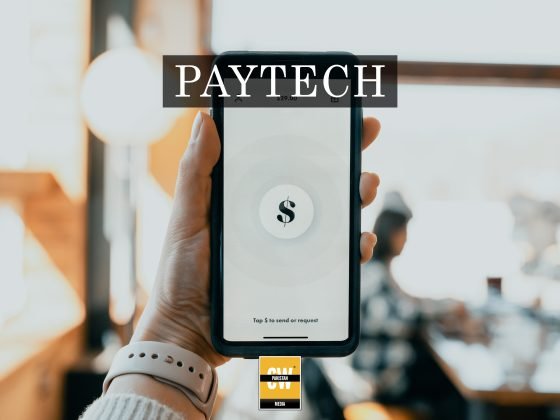Lahore University of Management Sciences (LUMS), one of Pakistan’s leading educational institutions, has publicly disclosed cryptocurrency holdings amounting to Rs463 million in its recently released audited financial report. This revelation places LUMS among the few academic institutions in the region to have officially documented investments in digital assets such as Bitcoin, Ethereum, and Binance Coin.
According to details highlighted in the financial statement, LUMS has diversified part of its investment portfolio into cryptocurrencies, reflecting a strategic decision to embrace emerging asset classes that have been gaining momentum globally. While universities in the United States and Europe have gradually explored similar investments through endowment funds and research-linked initiatives, such disclosures are relatively rare in Pakistan’s educational landscape.
The university’s audited report did not specify the exact breakdown of each cryptocurrency it holds, but industry insiders speculate that the bulk of these holdings are in mainstream digital currencies like Bitcoin and Ethereum, with possible allocations in other prominent tokens such as Binance Coin. The decision to include cryptocurrencies appears to be guided by long-term diversification goals as well as an interest in staying connected with evolving technological and financial trends.
This move by LUMS could signal a growing acceptance of cryptocurrencies among institutional investors in Pakistan, a country that has seen a surge in digital asset adoption over recent years despite regulatory uncertainty. It also highlights how forward-thinking institutions are exploring innovative ways to protect and potentially grow their reserves against inflation and traditional market volatility.
Financial analysts have noted that such an approach could offer high-reward potential, although it inevitably carries heightened risks due to the volatile nature of cryptocurrency markets. Nonetheless, for an academic institution like LUMS, which is also deeply involved in technology research and entrepreneurial incubation, exposure to digital assets aligns well with its broader mission of fostering innovation.
Meanwhile, this disclosure may also draw attention from regulatory bodies like the State Bank of Pakistan (SBP) and the Securities and Exchange Commission of Pakistan (SECP), which continue to develop frameworks around the use and reporting of virtual assets in the country. As regulatory clarity evolves, more institutions might follow suit, potentially accelerating formal adoption of crypto assets within Pakistan’s financial and academic sectors.
The announcement has sparked considerable discussion among students, alumni, and financial experts alike, with many viewing it as a testament to the university’s willingness to adapt to global financial shifts. It remains to be seen how these holdings will perform over time and whether other universities or public institutions in Pakistan will take similar steps.
For now, LUMS stands out as a pioneering example in the region, demonstrating how even traditionally conservative sectors like higher education can actively participate in the digital asset revolution. This development could ultimately inspire more robust dialogue about the role of cryptocurrencies in institutional investment strategies across Pakistan.









